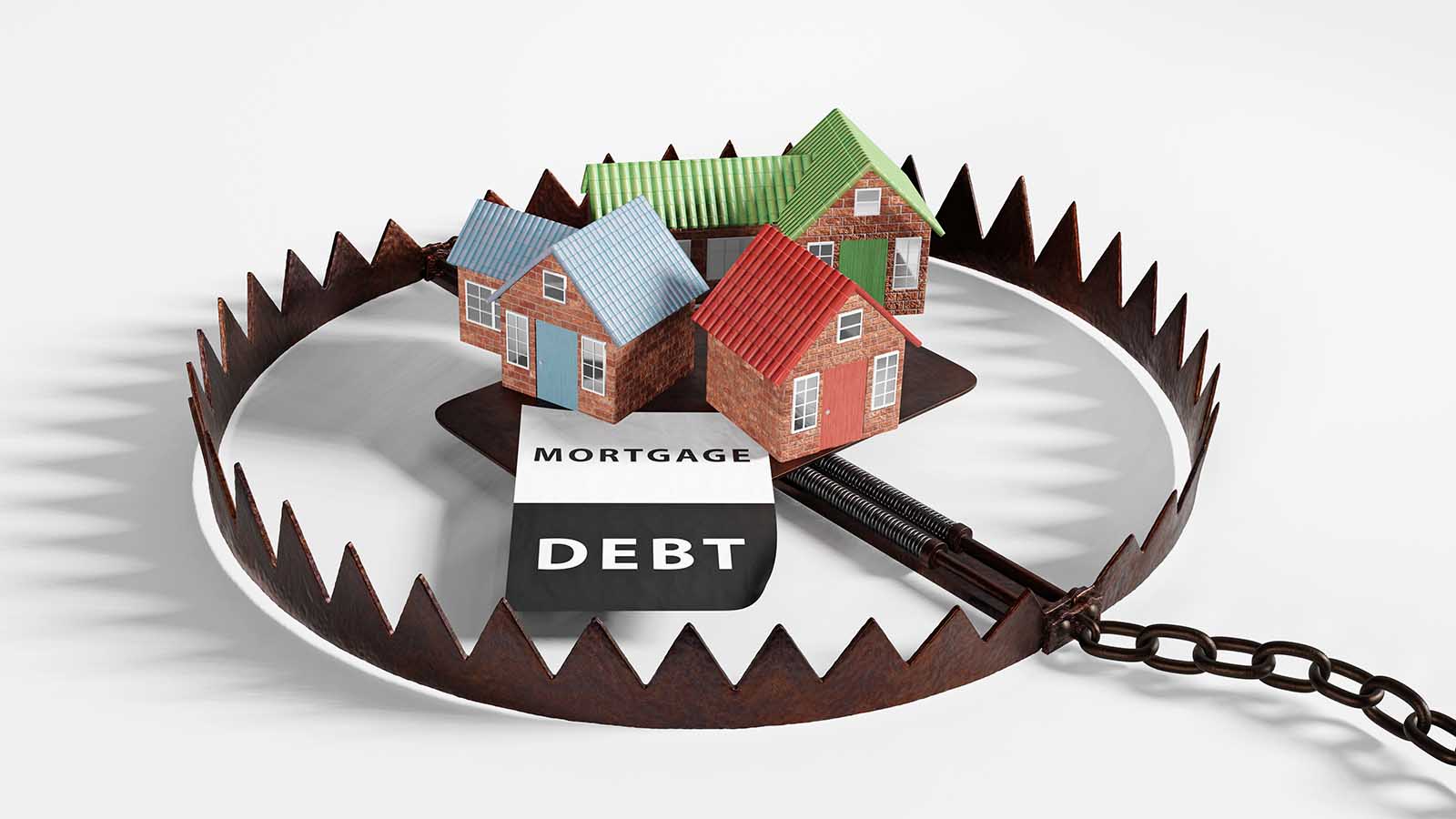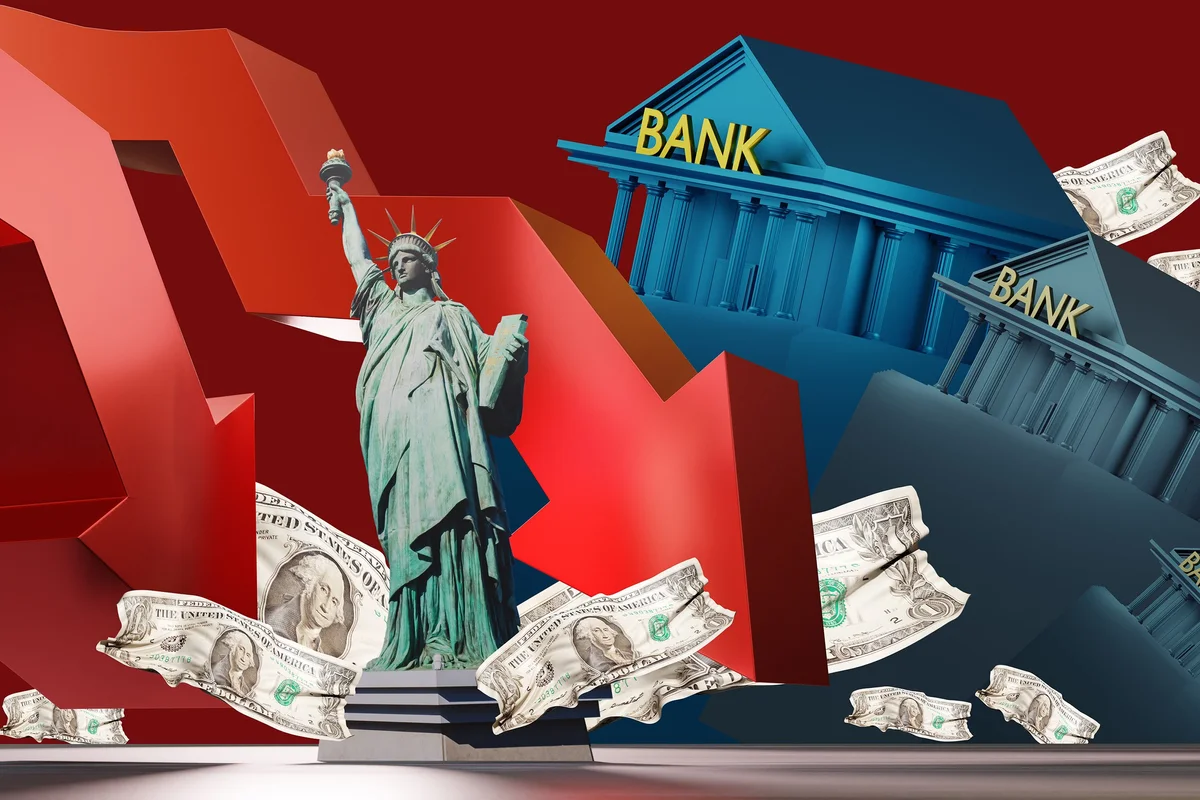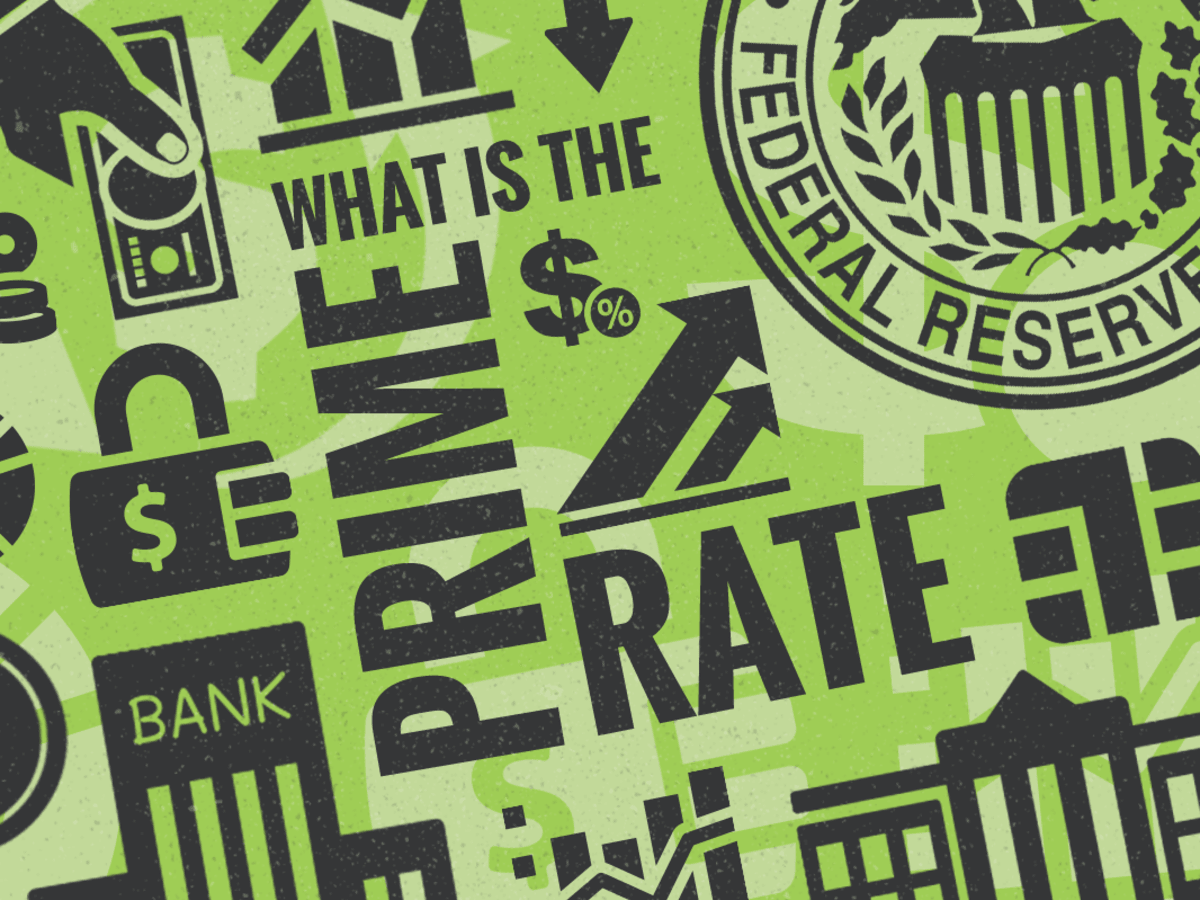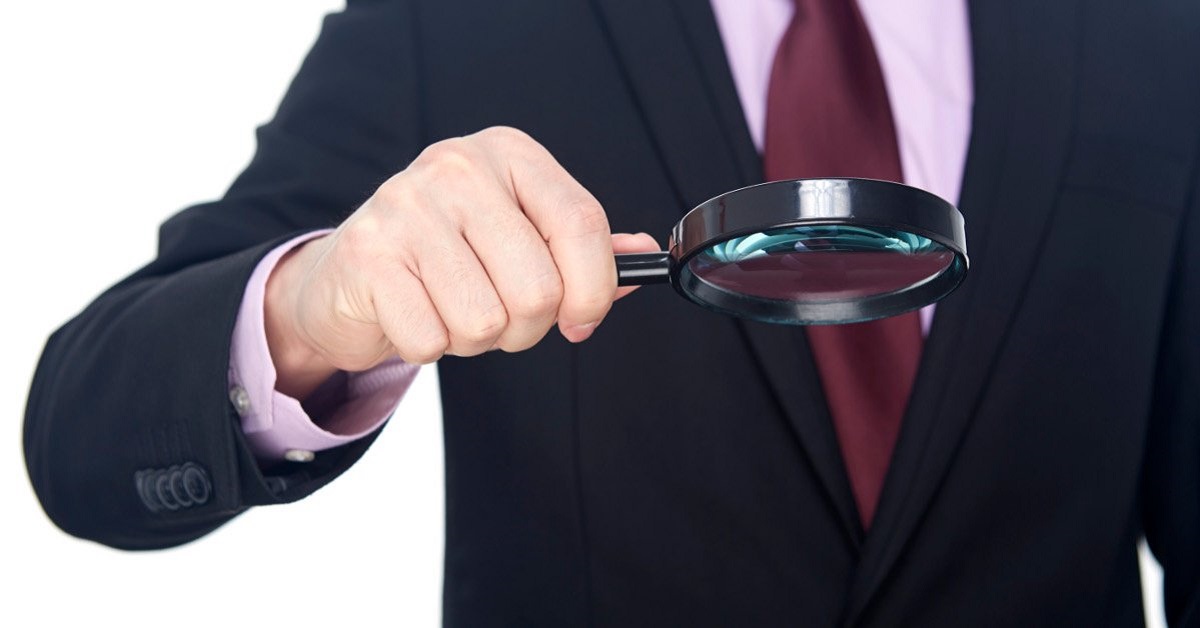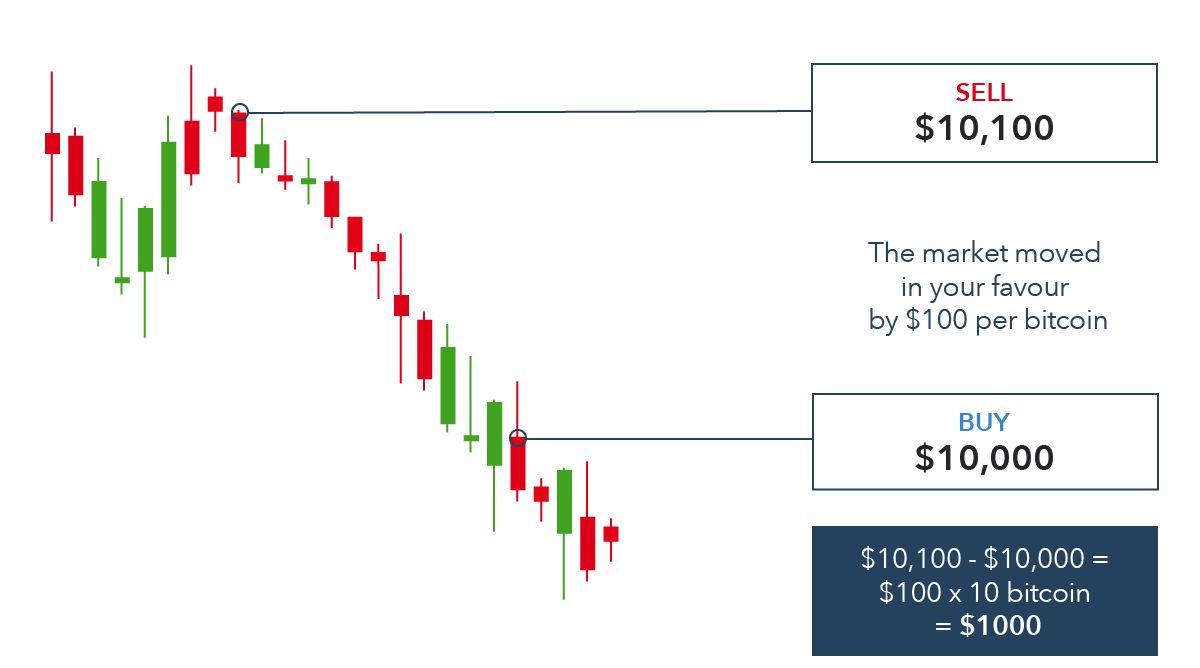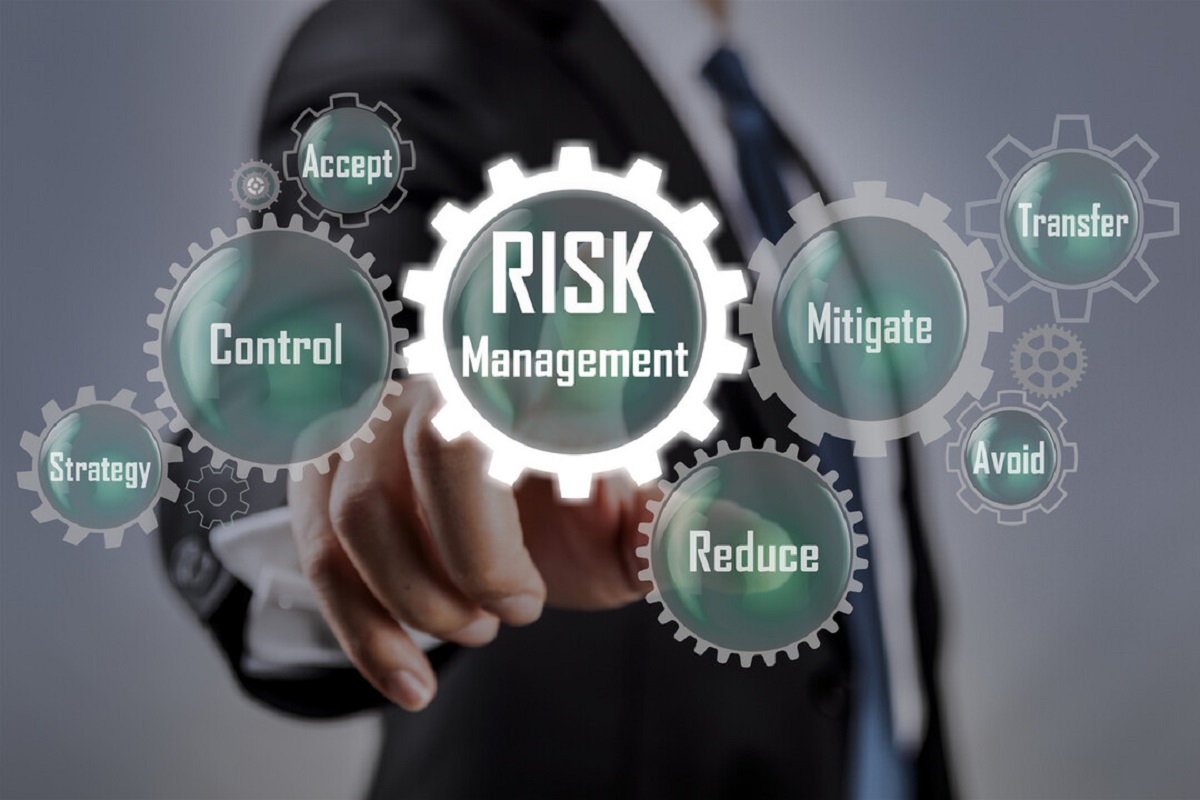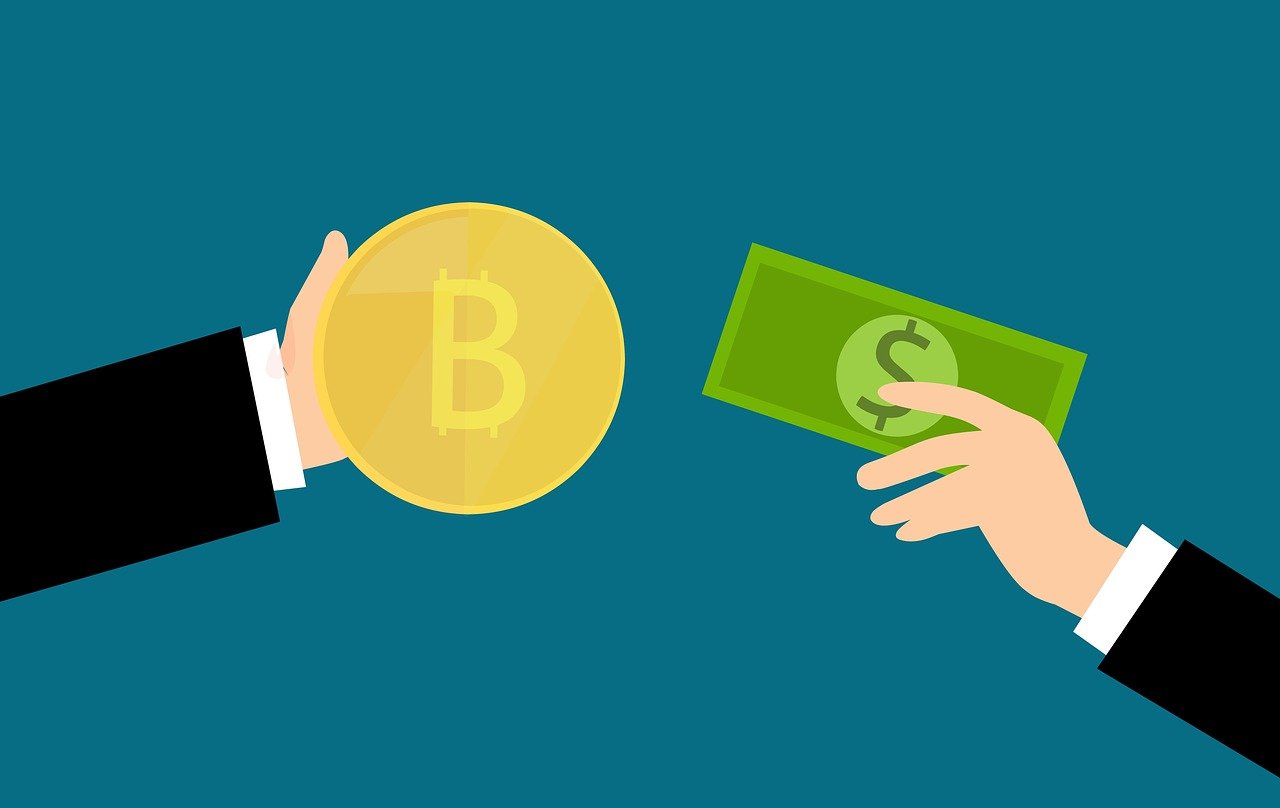Introduction
Welcome to the world of subprime lending. In this article, we will dive into the intricacies of subprime lending, explore its impact on the economy, and discuss the pros and cons of this controversial practice. Whether you’re a curious reader or someone looking for insights on how to navigate the subprime lending landscape, this article will provide you with a comprehensive understanding of the subject.
Subprime lending refers to the practice of extending credit to borrowers with less-than-perfect credit scores or a higher risk of default. It is an alternative lending option that allows individuals with imperfect credit histories to access financing for various purposes, such as buying a home, purchasing a car, or funding higher education.
Unlike prime lending, where borrowers have excellent credit scores and are considered low-risk, subprime lending involves higher interest rates and stricter terms and conditions. Lenders in the subprime market take on more risk by providing credit to individuals who may have experienced financial setbacks or faced challenges that affected their creditworthiness.
Subprime lending gained prominence in the late 1990s and early 2000s, fueled by rising demand for homeownership and the perception that housing prices would continue to soar indefinitely. However, the subprime lending market faced a severe setback during the 2008 financial crisis, exposing the inherent risks and flaws in the system.
While subprime lending can provide opportunities for individuals with limited access to traditional financing, it comes with inherent risks. Understanding the factors that influence subprime lending, its impact on the economy, and the measures taken to regulate it is crucial for individuals seeking to navigate this complex world.
In the following sections, we will delve into the details of subprime lending, explore its historical context, discuss its impact on the economy, and consider the pros and cons of this alternative lending practice. We will also provide insights on how borrowers can avoid the pitfalls associated with subprime lending and make informed decisions about their financial future.
Subprime Lending Explained
Subprime lending is a form of lending that caters to borrowers who do not meet the strict criteria set by traditional lenders. These borrowers typically have lower credit scores, higher debt levels, or a history of late payments and defaults. Subprime lenders are willing to take on the increased risk associated with lending to these individuals in exchange for higher interest rates and fees.
The main difference between subprime lending and prime lending lies in the creditworthiness of the borrowers. Prime lenders offer loans to individuals with excellent credit scores and stable financial backgrounds, while subprime lenders are more lenient in their criteria and target borrowers with less-than-perfect credit profiles.
Subprime lending is most commonly associated with mortgages, where borrowers with poor credit scores can still obtain financing to purchase a home. These subprime mortgages often come with adjustable interest rates and less favorable terms compared to prime mortgages. This is because the lenders factor in the higher risk associated with these borrowers defaulting on their payments.
In addition to subprime mortgages, subprime lending can also apply to other types of loans, such as auto loans and personal loans. Borrowers with subprime credit can access these loans, but they may face higher interest rates and more stringent loan conditions.
The rise of subprime lending can be attributed to the increasing demand for credit and the expansion of the financial services industry. It provides an opportunity for individuals who would otherwise be denied credit from traditional lenders to access funds for important purchases. However, subprime lending also comes with its fair share of risks and criticisms.
One of the major criticisms of subprime lending is the potential for predatory practices. Some lenders may take advantage of vulnerable borrowers by offering exorbitant interest rates and fees, resulting in a cycle of debt that is difficult to escape. Additionally, the lack of transparency and complex terms and conditions associated with subprime loans can often lead borrowers into financial distress.
It is important to note that not all subprime lenders engage in predatory practices. Many reputable subprime lenders strive to provide responsible lending options and assist borrowers in rebuilding their credit profiles. However, borrowers must exercise caution and carefully assess the terms and conditions of any subprime loan they consider.
In the next sections, we will delve into the subprime lending crisis, the key players in subprime lending, and the impact of subprime lending on the economy.
The Subprime Lending Crisis
The subprime lending crisis, also known as the housing crisis or the financial crisis of 2008, was a significant event in the global financial landscape. It was triggered by the collapse of the subprime mortgage market in the United States and had far-reaching effects on the global economy.
The crisis began with the rapid expansion of the subprime lending industry in the early 2000s. Lenders, driven by the belief that housing prices would continue to rise, loosened their lending standards and provided mortgages to borrowers with little verification of income or assets. These loans, known as subprime mortgages, often had adjustable interest rates and low initial payments, making them attractive to borrowers with limited financial means.
As the housing market boomed, more and more borrowers took out subprime mortgages to finance their home purchases. However, when the housing bubble burst in 2006, housing prices plummeted, and many borrowers found themselves owing more on their mortgages than their homes were worth. This led to a surge in foreclosures and a sharp decline in the value of mortgage-backed securities held by financial institutions.
The collapse of the subprime mortgage market had a domino effect on the broader financial system. Financial institutions that had invested heavily in mortgage-backed securities faced substantial losses and struggled to maintain liquidity. This led to a freeze in credit markets, making it difficult for businesses and consumers to access financing, further exacerbating the economic downturn.
The subprime lending crisis had severe consequences for both individuals and the economy as a whole. Many homeowners faced foreclosure and lost their homes, leading to a surge in housing market distress. Unemployment rates soared as businesses struggled to stay afloat amidst the credit crunch, and consumer spending plummeted as confidence in the economy waned. Governments around the world had to intervene to stabilize financial institutions and stimulate economic recovery.
The subprime lending crisis also exposed flaws in the financial system and raised questions about the ethical practices of some lenders. Many criticized the lack of regulation and oversight in the subprime lending industry, as well as the role of investment banks and credit rating agencies in fueling the crisis. The resulting regulatory changes and reforms aimed to prevent a similar crisis from occurring in the future.
In the following sections, we will explore the key players in subprime lending, the impact of subprime lending on the economy, and the regulation and reform in the subprime lending industry.
Key Players in Subprime Lending
In the subprime lending industry, there are several key players involved in the process, each playing a distinct role in providing credit to borrowers with less-than-ideal credit profiles. Understanding these players is essential to grasp the dynamics of subprime lending and the impact they have on borrowers and the economy.
1. Borrowers: The borrowers are individuals or businesses seeking credit but have lower credit scores or less-than-perfect credit histories. They turn to subprime lending as an alternative solution to access financing for various needs, such as purchasing a home, buying a car, or funding their education. These borrowers often face higher interest rates and more stringent loan conditions compared to prime borrowers.
2. Subprime Lenders: Subprime lenders are financial institutions or lending entities that specialize in offering credit to borrowers who do not meet the criteria of traditional lenders. They are willing to take on higher risk and extend credit to those with lower credit scores or adverse credit histories. Subprime lenders assess and evaluate the risk profiles of borrowers and provide loans at higher interest rates to compensate for the increased likelihood of default.
3. Investors: Investors play a crucial role in the subprime lending market by providing the necessary capital for lenders to make loans. These investors can be individuals, institutional investors, or even other financial institutions. They purchase the loans originated by subprime lenders or invest in mortgage-backed securities (MBS) backed by these loans. Investors are attracted to the potentially higher returns offered by subprime lending but also face the risk of default if borrowers fail to repay their loans.
4. Servicers: Loan servicers are responsible for collecting loan payments and managing the administrative tasks associated with the loans. They act as intermediaries between borrowers and the lenders or investors. Servicers handle communication with borrowers, ensure timely collection of payments, and manage any issues or defaults that may arise during the life of the loan.
5. Credit Rating Agencies: Credit rating agencies assess the creditworthiness of loans and provide ratings that reflect the level of risk associated with these investments. Credit ratings help investors determine the quality of mortgage-backed securities (MBS) backed by subprime loans. However, the role of credit rating agencies came under scrutiny during the subprime lending crisis, as they were accused of providing overly optimistic ratings on risky MBS, contributing to the financial meltdown.
6. Regulators: Regulators, such as government agencies and financial regulatory bodies, play a crucial role in overseeing and enforcing the rules and regulations governing subprime lending. They aim to protect consumers, ensure fair lending practices, and maintain stability in the financial system. Regulators evaluate the actions of lenders, investors, and other players in the subprime lending market to mitigate risks and prevent fraudulent or predatory practices.
Understanding the roles and interactions among these key players is important to comprehend the dynamics of subprime lending and the potential risks and benefits involved. In the following sections, we will delve into the impact of subprime lending on the economy, the regulation and reform in the subprime lending industry, and the pros and cons associated with this controversial practice.
Impact of Subprime Lending on the Economy
The impact of subprime lending on the economy cannot be understated. While it offers opportunities for individuals with imperfect credit profiles to access financing, it also poses significant risks that can reverberate throughout the financial system.
1. Housing Market: Subprime lending plays a vital role in the housing market. It allows individuals who would not qualify for prime mortgages to become homeowners. This increased demand can contribute to the overall growth of the housing market and drive property values upward. However, if borrowers default on their subprime mortgages, it can lead to an increase in foreclosures and a decline in housing prices, as observed during the subprime lending crisis.
2. Financial Institutions: Financial institutions are heavily involved in subprime lending, either directly as lenders or indirectly as investors in mortgage-backed securities (MBS) backed by subprime loans. When subprime borrowers default on their loans, it can have severe consequences for these institutions. Losses from defaulting loans can lead to a decline in bank assets, reduced profitability, and even insolvency in extreme cases, as was observed during the financial crisis of 2008.
3. Economic Stability: Subprime lending can impact the overall stability of the economy. During the subprime lending crisis, the collapse of the subprime mortgage market resulted in a severe credit crunch and a global financial crisis. The resulting decrease in consumer spending, increased unemployment rates, and economic instability had far-reaching consequences, leading to a global recession and a prolonged recovery period.
4. Consumer Confidence: The availability and accessibility of credit, including subprime lending, can have an impact on consumer confidence. When borrowers have access to credit, they can make significant purchases, invest in business ventures, and contribute to economic growth. However, when subprime lending practices are predatory or lead to a high level of borrower defaults, it can erode consumer confidence, leading to a decrease in spending and a slowdown in economic activity.
5. Regulatory Reforms: The impact of subprime lending on the economy has spurred regulatory reforms aimed at mitigating the risks associated with this type of lending. Governments and regulatory bodies have implemented stricter lending standards, increased oversight of financial institutions, and enacted laws to protect consumers from predatory lending practices. These reforms aim to create a more stable and transparent lending environment while still providing access to credit for eligible borrowers.
It is important to strike a balance in the subprime lending industry to ensure responsible lending practices that mitigate risks for both borrowers and the economy. While subprime lending can offer opportunities for individuals facing financial challenges, it must be done in a way that protects borrowers from predatory practices and safeguards the stability of the financial system.
In the next sections, we will explore the regulation and reform in the subprime lending industry, as well as the pros and cons associated with this controversial practice.
Regulation and Reform in Subprime Lending
The subprime lending crisis exposed the need for stricter regulation and reform within the subprime lending industry. Governments and regulatory bodies around the world have implemented measures to prevent a recurrence of the financial crisis and protect consumers from predatory lending practices.
1. Increased Oversight: Regulatory bodies have strengthened their oversight of the subprime lending industry. They have implemented stricter lending standards, requiring lenders to assess a borrower’s ability to repay a loan based on verified income and assets. This helps prevent lenders from extending credit to borrowers who may be unable to meet their repayment obligations.
2. Consumer Protection: Governments have enacted laws and regulations to protect consumers from predatory lending practices. These measures include mandatory disclosure of loan terms and conditions, limits on interest rates and fees, and prohibitions on unfair or deceptive practices. Consumer protection agencies also play a crucial role in enforcing these regulations and addressing consumer complaints.
3. Mortgage Market Reforms: Governments and regulatory bodies have implemented changes in the mortgage market to prevent a reoccurrence of the subprime mortgage crisis. These reforms include stricter underwriting standards, increased scrutiny of mortgage-backed securities (MBS), and improved transparency in the securitization process. These measures help ensure that mortgage products are sound and investors are better informed about the risks associated with these investments.
4. Financial Institution Regulation: In response to the subprime lending crisis, regulatory bodies have enhanced supervision and regulation of financial institutions. Stricter capital requirements, stress testing, and increased scrutiny of risk management practices have been implemented to mitigate the risks associated with subprime lending and protect the stability of the financial system.
5. Education and Counseling: Recognizing the importance of financial literacy, governments and nonprofit organizations have invested in educational initiatives and counseling services to help borrowers make informed decisions about their financial well-being. These initiatives aim to provide individuals with the knowledge and tools to navigate the lending landscape responsibly and avoid the pitfalls associated with subprime lending.
The regulation and reform in the subprime lending industry are ongoing processes. The aim is to strike a balance between providing access to credit for borrowers who may not qualify for traditional loans while ensuring responsible lending practices and protecting the economy from systemic risks. It is crucial for regulators, lenders, and consumers to remain vigilant and adaptable to evolving market conditions to safeguard against future crises.
In the following sections, we will discuss the pros and cons of subprime lending, as well as provide insights on how borrowers can avoid the pitfalls associated with this alternative lending practice.
Pros and Cons of Subprime Lending
Subprime lending, as with any financial practice, has its fair share of pros and cons. It is essential to weigh these factors when considering subprime lending options and understand how they can impact borrowers and the economy.
Pros of Subprime Lending:
- Increased Access to Credit: Subprime lending provides individuals with imperfect credit histories or low credit scores the opportunity to access financing. It offers a lifeline to those who may not qualify for traditional loans, allowing them to purchase homes, buy cars, or invest in education when they would otherwise be excluded.
- Potential for Credit Improvement: By successfully making payments on a subprime loan, borrowers can work towards improving their credit scores. Demonstrating responsible borrowing behavior can help rebuild credit profiles and open doors to more favorable lending options in the future.
- Economic Stimulus: Subprime lending can contribute to economic growth. By providing credit to individuals who would otherwise be unable to make significant purchases, subprime lending stimulates consumer spending and can support various sectors of the economy.
Cons of Subprime Lending:
- Higher Costs: Subprime loans typically come with higher interest rates and fees compared to prime loans. Borrowers may end up paying more over the life of the loan, increasing the overall cost of the credit.
- Greater Risk of Default: Subprime borrowers have a higher likelihood of defaulting on their loan payments due to their lower creditworthiness and financial challenges. Defaulting on a subprime loan can result in significant financial consequences, including foreclosure and damage to credit scores.
- Predatory Practices: Some subprime lenders engage in predatory practices, taking advantage of vulnerable borrowers with high-interest rates, excessive fees, and hidden terms and conditions. Borrowers need to exercise caution and carefully review loan terms to avoid falling into these traps.
- Systemic Risks: The subprime lending industry has the potential to create systemic risks, as seen during the financial crisis of 2008. When a large number of subprime borrowers default on their loans, it can lead to a ripple effect, causing financial instability, recession, and a tightening of credit conditions.
Understanding the pros and cons of subprime lending is crucial for borrowers considering these types of loans. While subprime lending provides opportunities for individuals to access credit and improve their financial situations, borrowers must carefully evaluate their options and consider potential risks.
In the final section of this article, we will provide insights on how to avoid subprime lending pitfalls and make informed decisions about credit options.
How to Avoid Subprime Lending Pitfalls
When navigating the lending landscape, it is important to be vigilant and take proactive steps to avoid falling into subprime lending pitfalls. By being informed and making smart financial decisions, borrowers can protect themselves from predatory practices and make choices that align with their long-term financial goals.
1. Improve Your Credit Score: Take steps to improve your credit score before seeking financing. This can include paying bills on time, reducing outstanding debt, and disputing any errors on your credit report. A better credit score will open up more favorable lending options.
2. Shop Around: Don’t settle for the first lender that comes along. Shop around and compare loan offers from multiple lenders. This will help you find the best terms, interest rates, and overall affordability for your specific financial situation.
3. Read the Fine Print: Carefully read and understand all terms and conditions of the loan. Pay attention to interest rates, fees, and any penalties for late payments or early repayment. If anything seems unclear or suspicious, seek clarification or consider finding an alternative lender.
4. Beware of Predatory Practices: Be wary of lenders who pressure you into accepting a loan, offer deals that are too good to be true, or charge excessive fees. These may be signs of predatory lending practices. If something feels off, trust your instincts and consider alternative options.
5. Consider Financial Counseling: Seek the guidance of a financial counselor or advisor who can provide objective advice on your financial situation and help you make informed decisions. They can help you understand the risks and benefits of different credit options and assist in developing a sustainable repayment plan.
6. Build an Emergency Fund: Establishing an emergency fund can help protect you from unexpected financial setbacks. Having savings to rely on can prevent you from resorting to subprime loans in times of financial strain.
7. Explore Alternative Lending Options: If you are unable to qualify for traditional loans but want to avoid subprime lending, consider exploring alternative lending options. These may include community development financial institutions (CDFIs), peer-to-peer lending platforms, or microlenders that provide financing to individuals with non-traditional credit profiles.
8. Plan for the Long-Term: When considering any loan, think about the long-term implications. Evaluate your ability to make the monthly payments over the entire loan term. If the monthly payments are too high or strain your budget, it may be wise to reconsider the loan or explore other alternatives.
9. Stay Informed: Keep up-to-date with changes in lending regulations and financial news. Being well-informed about the lending landscape and potential risks can help you make proactive financial decisions and protect yourself from subprime lending pitfalls.
By following these guidelines, borrowers can avoid subprime lending pitfalls and make more informed decisions when seeking financing. Remember, it’s essential to prioritize your financial well-being and choose lending options that align with your long-term goals and financial stability.
Conclusion
Subprime lending is a complex and controversial practice that has both positive and negative implications. While it provides opportunities for individuals with less-than-perfect credit profiles to access financing, it also comes with inherent risks, such as higher interest rates, stricter loan conditions, and potential predatory practices.
The subprime lending crisis of 2008 highlighted the need for regulatory reforms to prevent a recurrence of such a devastating event. Governments and regulatory bodies have implemented stricter lending standards, increased oversight, and consumer protection measures to mitigate risks and safeguard the economy.
It is crucial for borrowers to educate themselves, understand the pros and cons of subprime lending, and carefully consider their options. Improving credit scores, shopping around for the best loan offers, and reading the fine print can help borrowers avoid predatory practices and secure more favorable financing terms.
Borrowers should also be mindful of the potential risks associated with subprime lending, such as higher costs, the risk of default, and systemic impacts on the economy. By staying informed, seeking financial counseling, and considering alternative lending options, individuals can make responsible financial decisions that align with their long-term goals.
Furthermore, lenders and financial institutions have a role to play in promoting responsible lending practices and ensuring transparency in loan terms and conditions. Fair and ethical lending practices can help foster a healthier lending landscape and protect consumers from predatory practices.
In the end, subprime lending can be a lifeline for individuals who face financial challenges and limited access to traditional lending options. However, it is essential to navigate this landscape with caution, making well-informed decisions that support both short-term financing needs and long-term financial stability.
By understanding the impact of subprime lending, being aware of the regulatory reforms, and taking proactive steps to avoid pitfalls, borrowers can navigate the subprime lending world more effectively and protect their financial well-being.







